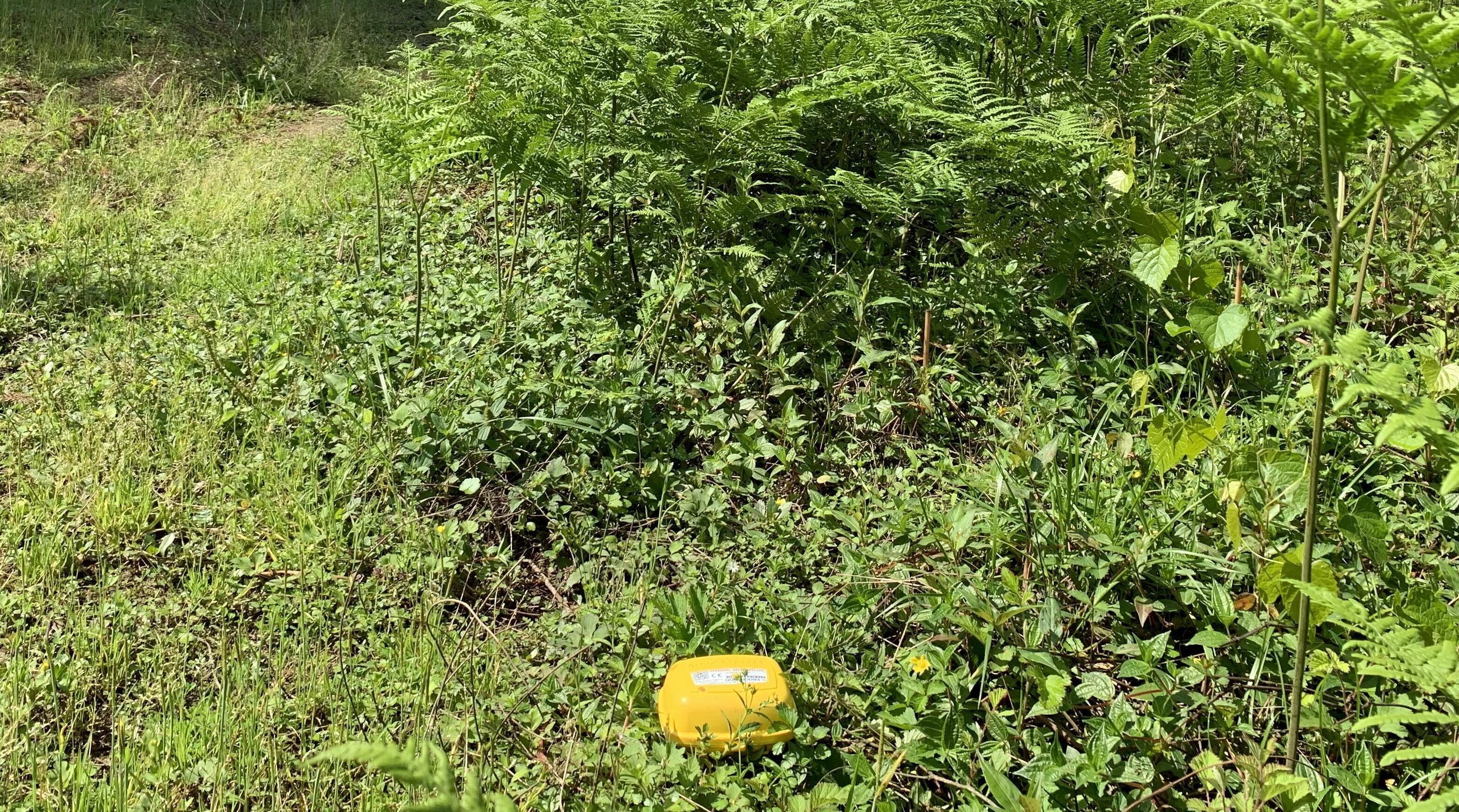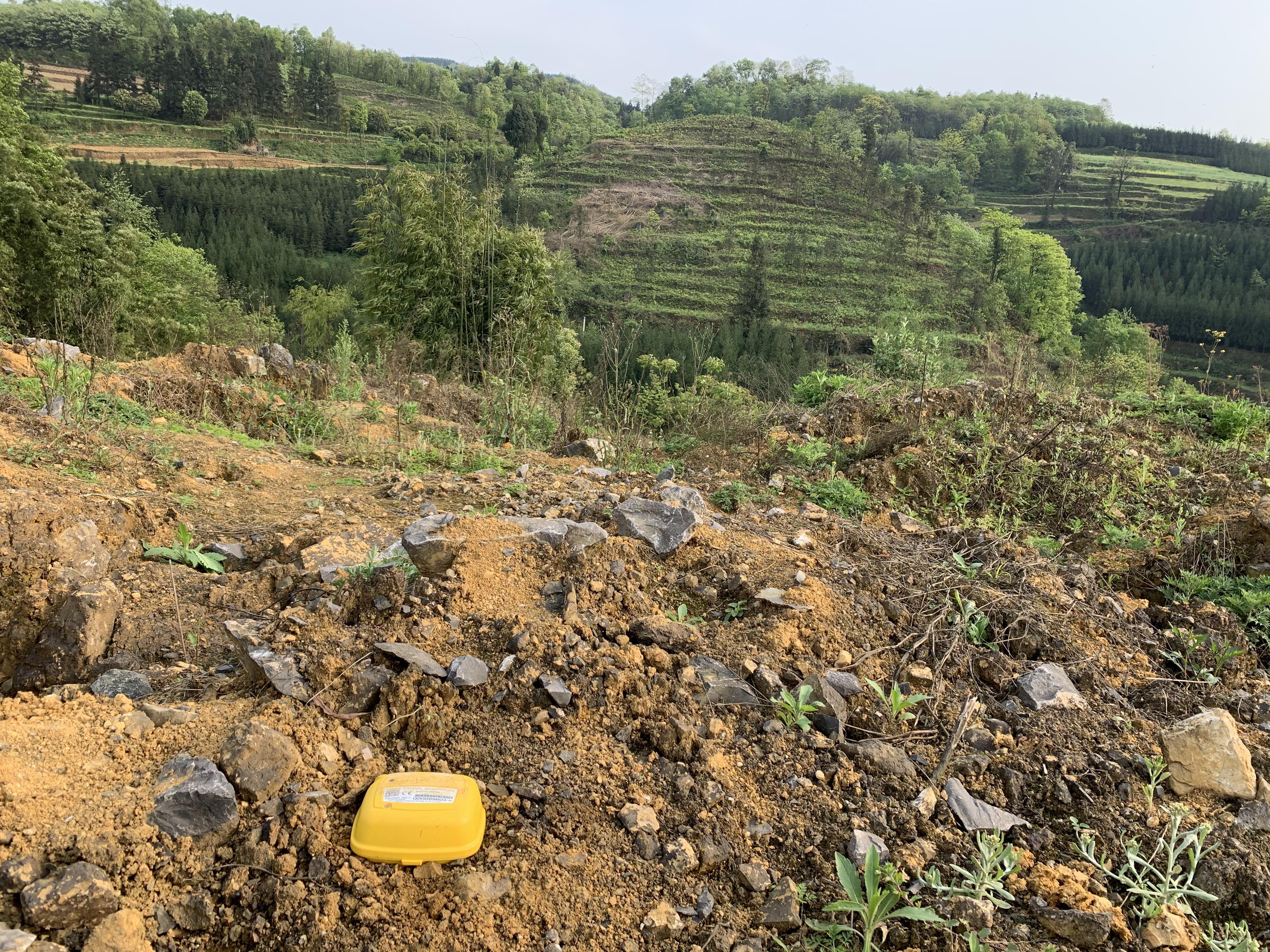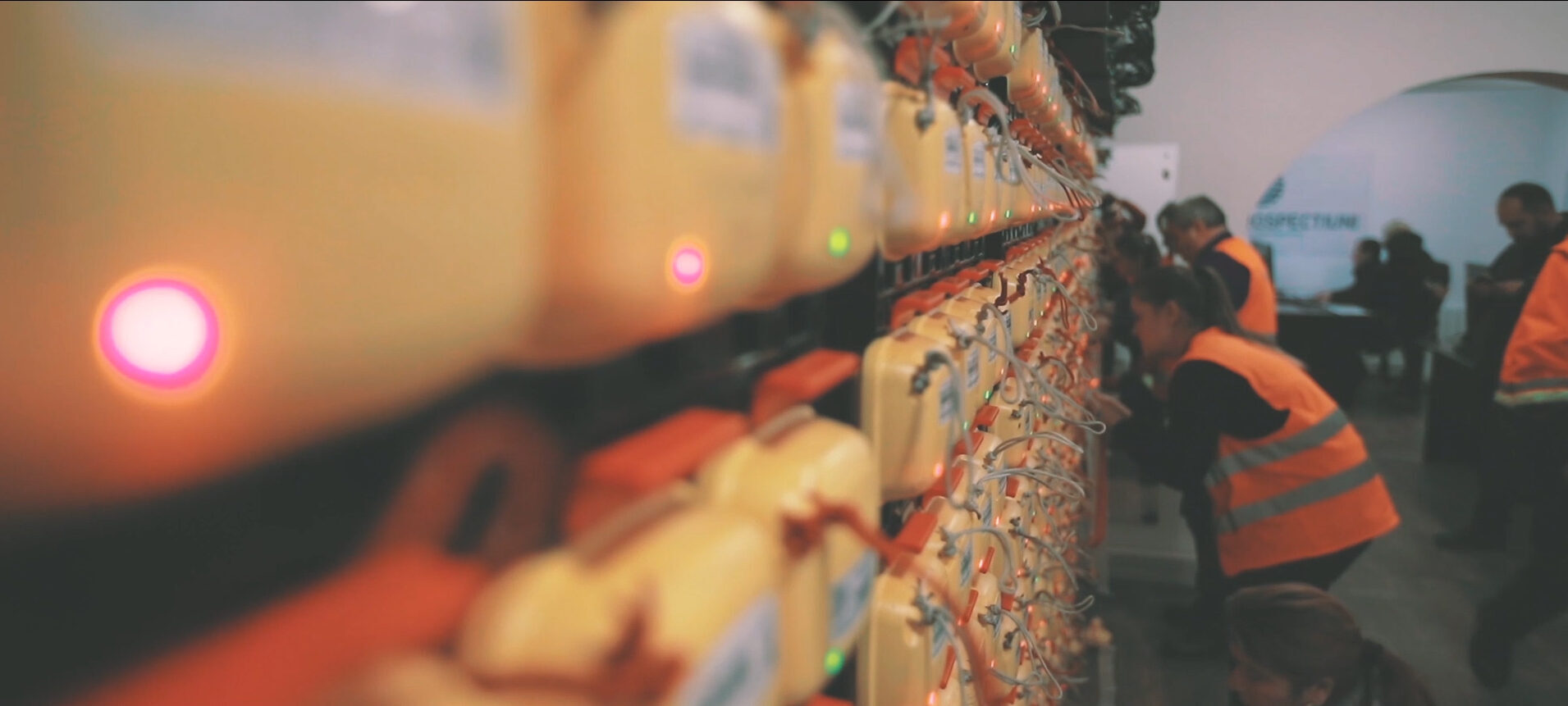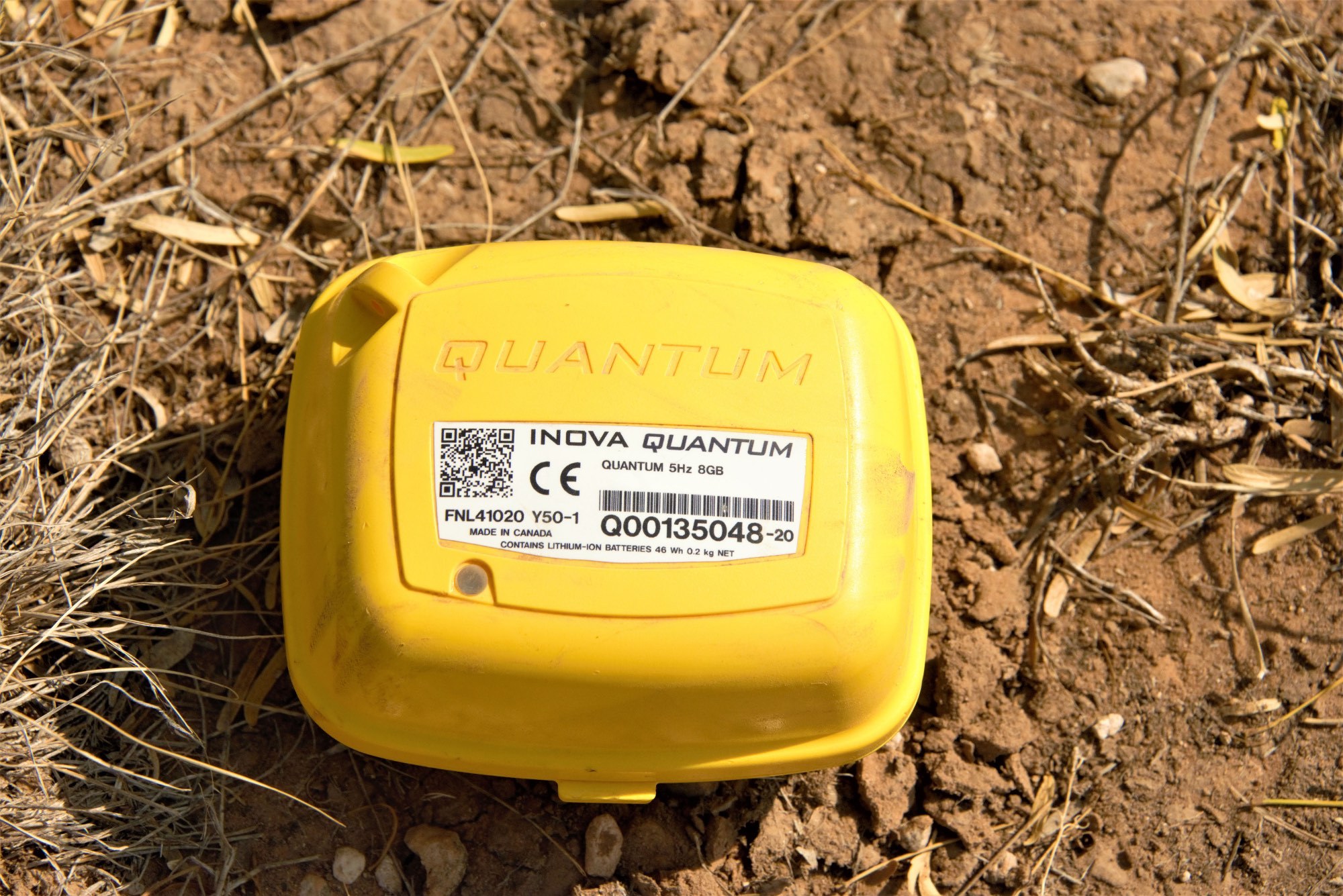
BGP Leverages Quantum Nodal System to Maximise Project Efficiency
BGP Leverages Quantum Nodal System to Maximize Project Efficiency
BGP recently completed a large scale challenging project using the Quantum nodal system, maximising project efficiency. The project in China’s Sichuan Province was completed utilizing over 29,000 nodes and INOVA’s iX1 acquisition system.
| Segment | Land |
|---|---|
| Region | Asia |
| Technologies | Quantum |
| Related Products | Quantum® |

Introduction
Quantum is a feature-rich nodal acquisition system. Starting with the node and moving throughout the system its unique characteristics are designed for seismic acquisition efficiency. The Quantum node is lightweight, rugged and contained in an enclosure with a profile that simplifies deployment. Coupled with its industry leading runtime autonomy and wireless QC capability seismic contractors are able to safeguard data and acquisition integrity during field recording. The system that encompasses the node was not an afterthought but rather was designed based on the culmination of many years of nodal acquisition system development experience. The system consists of hardware and software that provides source control, spread QC visualization and efficient data management, all constructed for carrying out a quality seismic operation.
BGP was able to take advantage of the Quantum system on a large scale, challenging project in China’s Sichuan Province utilizing over 29,000 nodes and INOVA’s iX1 acquisition system.

The Challenge
The project location consisted of mountainous areas, rivers, villages and towns, interspersed with dense vegetation and forests. Within this terrain the survey design included over 74,000 receiver points and over 12,000 source points covering a work area of 473 km2. Dynamite source production was used exclusively due to limited access for vibroseis vehicles.



The Solution
A complete iX1 system was used on the project in conjunction with more than 29,000 Quantum nodes. The iX1 system included an acquisition computer for consolidating node status QC, providing a complete centralized map of deployed stations along with QC results of each station. In addition, a transcription computer and Quantum node racks were utilized for data download and battery charging. Twenty five shooting crews were equipped with Shot Pro II impulsive source control packs.
Deployment
Small vehicles were used to transport deployment teams to their designated work location in the field. From that point two person deployment teams proceeded on foot carrying approximately thirty Quantum nodes in woven baskets. The deployment teams planted the nodes and confirmed proper operation via the Quantum LED status indicator. Twenty deployment teams were utilized on the project.
Quality Control
Field QC tools running the iX1 Quantum QC application were used to collect detailed receiver status information in the field. The QC tools were equipped with wireless cellular capability that allowed status information in the field to be sent over the existing cell network to the central iX1 acquisition computer. This made the process of consolidating status QC information much more efficient than physically transporting the QC information from the field to the central computer. At the central computer, iX1 software was setup by the operator with color coded grading levels for specific QC parameters. The results were displayed on a map representing the status of the full receiver spread.
The QC tools and associated iX1 application were also used to validate timebreak of the Shot Pro II decoders utilizing the real time trace display feature and Quantum nodes. Timebreaks from each shooting pack were recorded and compared against each other to confirm all were being generated at the correct time. This provided a method for validating timebreak without radio connection to an encoder at the central iX1 computer.
Production
For maximum source production efficiency, Shot Pro II’s were operated in autonomous mode. This method eliminated the need for radio communication between a central source encoder and decoders in the field thereby removing potential shooting radio problems that would impede production, a particular concern given the project terrain. This enabled the crew to record 12,066 dynamite shots over a 13 day period.
Data Download
The iX1 transcriber computer and Quantum racks were used to process nodes from the field. Data was downloaded from nodes, batteries recharged and tests were performed on nodes to ensure readiness for return to service in the field.
Quantum nodes were configured to record at 1 millisecond sample interval and were typically recording in the field for 9 days prior to data downloading. A single batch of 1,231 nodes contained a total of 2.46 terabytes of data which was downloaded in less than 25 minutes.
Results
BGP completed this 473 km2 project in 36 days from start to finish including mobilization, deployment, shooting, data delivery and demobilization. Production was completed in 23 days from layout of the first node to final data delivery.
The features and capabilities of Quantum and the iX1 acquisition system enabled efficiencies on the project, however BGP’s seismic operational experience and technical knowledge equipped them to leverage aspects of the system for maximum benefit. The BGP crew estimated that by utilizing Quantum in this difficult area the project was completed in half the time it would have taken with a cable acquisition system.



